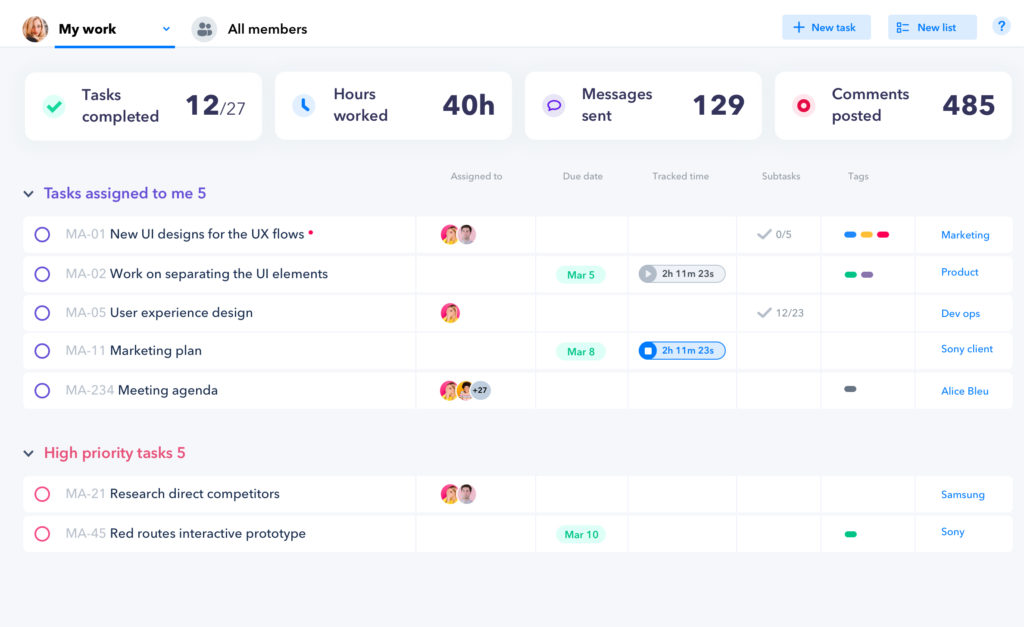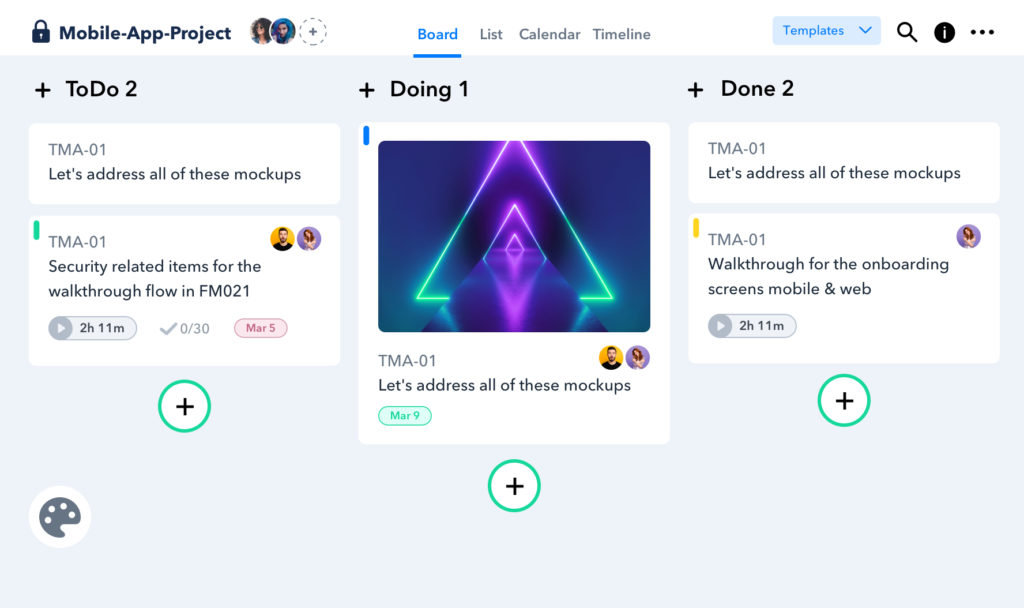While project planning has always been important, remote work has put greater emphasis on it. Project planning for remote teams needs to take into account the demands and nuances of remote team culture. In this new reality, managers need a viable, actionable, and result-oriented planning framework to ensure the success of their projects.
Taking an idea to a clearly organized plan can seem overwhelming at times, especially when you are managing remote teams. But with a clear understanding of the process, you can easily take a high-level objective into a clearly defined and organized project plan with actionable tasks that can be executed effectively.
To make it easy for project managers handling remote teams, here’s a step-by-step approach to project planning.
Start with research and preplanning
 Understanding the ins and outs of the project will help you determine the best process and identify any snags that might get in the way of success. What will help you discover those is thorough research at the pre-planning stage. As a project manager, it’s necessary to conduct your own research to dig deeper into:
Understanding the ins and outs of the project will help you determine the best process and identify any snags that might get in the way of success. What will help you discover those is thorough research at the pre-planning stage. As a project manager, it’s necessary to conduct your own research to dig deeper into:
Project goals and outcomes: This will let everyone know the specific deliverables expected out of the project.
Partnerships and outlying dependencies: Whether it’s internal partnerships or cross-team dependencies, members should know the bandwidth they can operate in.
Potential issues and risks: The project plan needs to communicate how the team will handle any disruptive event like a change in requirements, leadership, or resources.
Research and preplanning are important for another reason. It will help you avoid the dreaded scope creep (Please hyperlink the other article here).
Explain the project plan to key stakeholders and discuss its key components
 Unfortunately, the “project plan” is one of the most misunderstood terms in project management. Hardly a fixed object, the project plan is a set of living documents that can be expected to change over the life of the project. Like a road map, it provides the direction for the project.
Unfortunately, the “project plan” is one of the most misunderstood terms in project management. Hardly a fixed object, the project plan is a set of living documents that can be expected to change over the life of the project. Like a road map, it provides the direction for the project.
When you share the project plan with key stakeholders, both internal and external, you are more likely to get buy-in. When you specifically discuss the individual units, there will be greater clarity on the timeframe and the resources needed. If there is any iteration to the objective, process, or platform, it will be easier to accommodate them at this stage.
List out goals, align OKRs, and outline the project
Without clear goals, you’ll find that the requirements, tasks, and deadlines you set for your project work plan have nothing anchoring them. Now that you have a list of key stakeholder needs and their buy-in, begin to assign them to goals and OKRs.
Your project should align with your team and company’s OKRs. With an alignment in OKRs, there will be greater transparency in the process. The right OKR framework will ensure that your project fits in with your organization’s long-term strategic goals. It will also help you find out if the team has the competencies and skills required for the project.
Assign tasks & set milestones
 Heycollab project management tool
Heycollab project management tool
Even experienced project managers know that one of the most time-intensive and effort-sucking parts of making a project plan is assigning tasks. But it’s also one of the most important. When skillsets are aligned with responsibilities, tasks will be completed faster and in a much better manner. That’s how you create synergy in teams.
For big projects, you have to grapple with the challenge of understanding who is best suited for what—and how much each member of your team can handle without being overloaded. Before team members start work on the project, it’s important to set milestones not just for the larger deliverable but also for smaller objectives.
For members to effectively engage with each other and analyze their tasks against the deadline, project managers should use an advanced task management system.
Have a post-project plan
Every project will give you lessons that will help you optimize future projects. A project doesn’t end when the deliverables are handed over. It ends when the project manager receives comprehensive feedback and converts them into actionable insights. Leaders should gather feedback on both the successful and unsuccessful parts of the projects. This information will help managers be more successful in future assignments.
Was the team structure conducive to collaboration? Were you able to easily assign responsibilities based on the individual’s experience and expertise? Are there specific learnings from managing remote teams? Were there remote team problems, from asynchronous workflows to communication lag, that affected collaboration? Did you use the right task management system for greater cohesion?
With a clearly defined process and the right platform, it’s possible to take any project from idea to execution. With these steps and a strong project management tool like HeyCollab, you’ll be seamlessly managing projects in no time.

